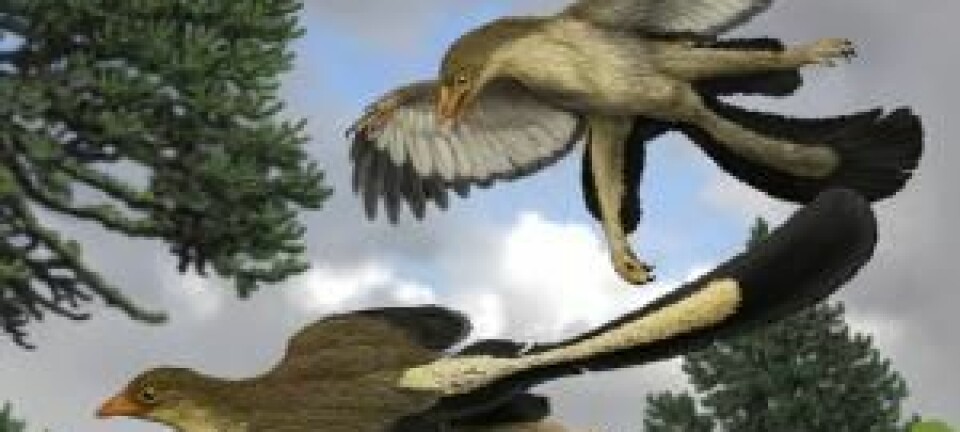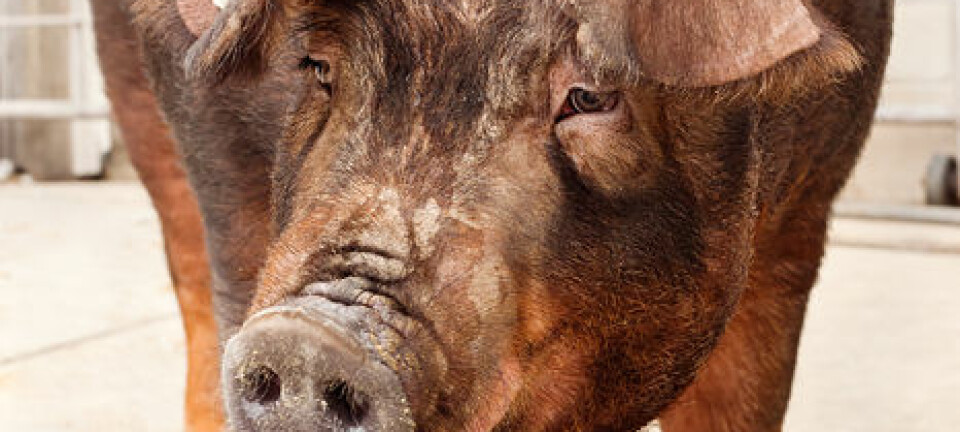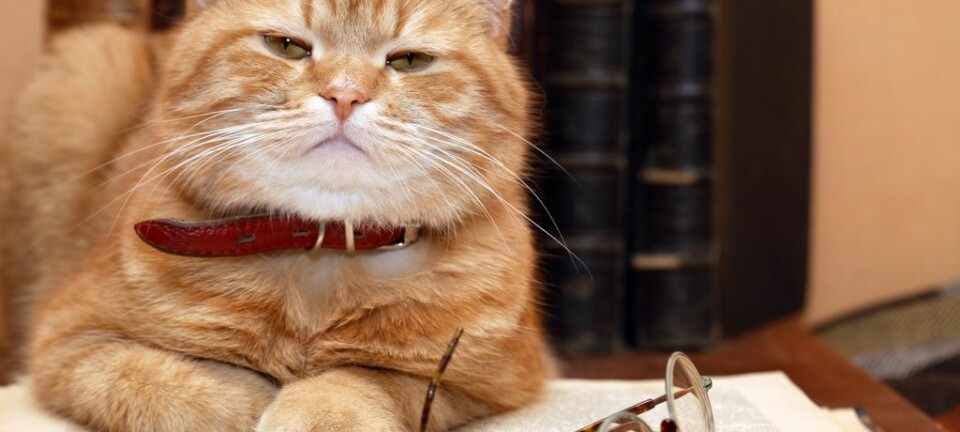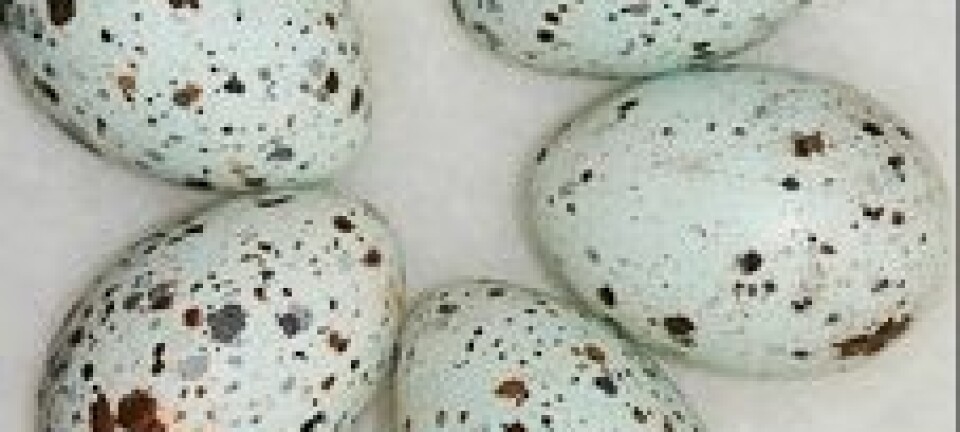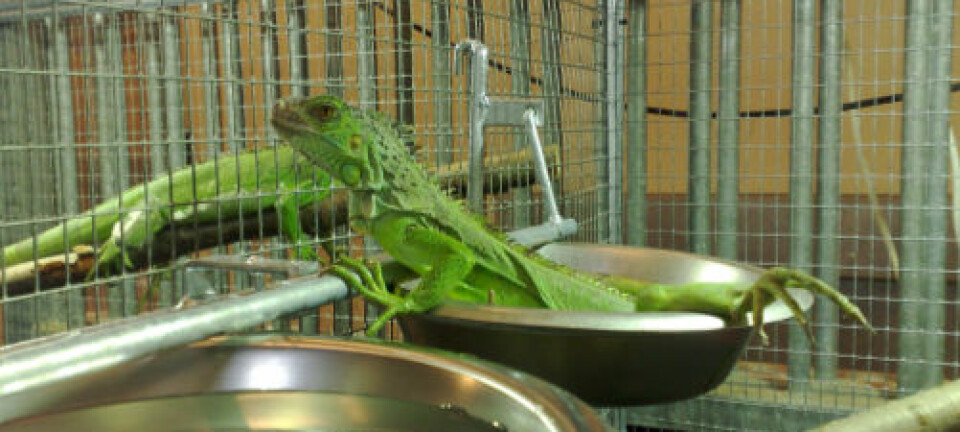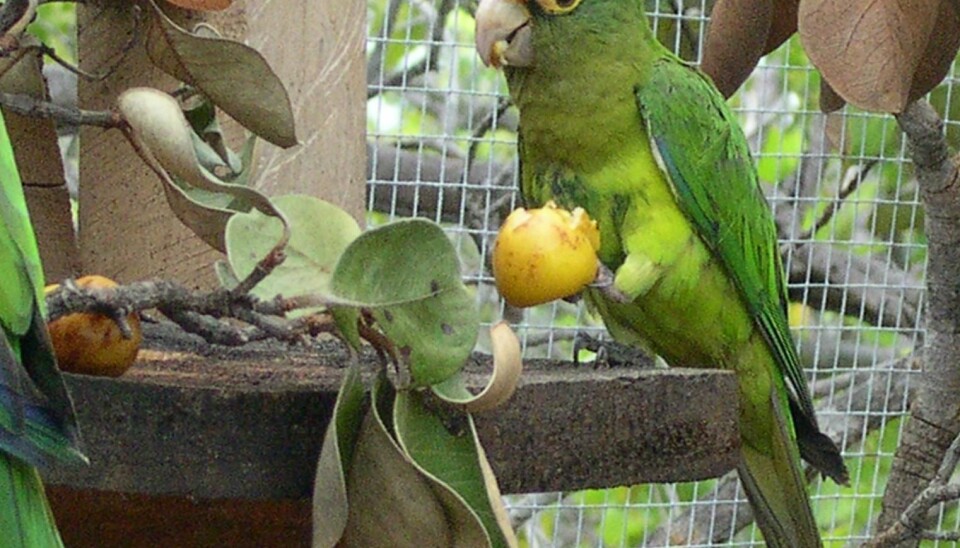
Parrots use sounds like people use names
Parrots use their ability to mimic sounds to address specific individuals in a dynamic communication network.
Parrots are known for their extraordinary ability to mimic the sounds they hear.
Their ability to vocally imitate humans is particularly well-known. This has, for instance, resulted in the anecdote about Andrew Jackson, the seventh US president. He was said to swear so much that his parrot was removed from the church at his funeral.
On a recent field trip to Costa Rica, Danish researchers studied orange-fronted conures, a group of parrots found in Central and South America, partly to figure out more about why parrots are so good at imitating sounds.
The researchers conclude that the colourful birds have evolved their ability to mimic sounds to address specific individuals of a flock.
The orange-fronted conure has a highly developed communication system that enables it to immediately imitate other individuals' contact calls.
”The orange-fronted conure has a highly developed communication system that enables it to immediately imitate other individuals' contact calls,” says Professor Torben Dabelsteen, of the Department of Biology, Ecology and Evolution at Copenhagen University.
He was one of the researchers involved in the study, published in the journal PLOS ONE.
Parrots have lots of contacts
Orange-fronted conures live in highly dynamic flocks, where they encounter many different individuals every day.
New birds fly into the flock and others leave. This means that each parrot meets numerous different individuals every day.
This ability has evolved through natural selection – it has nothing to do with us humans. It’s the result of the orange-fronted conure’s social structure, which creates a great need for communicating with fellow members of their species.
The orange-fronted conure’s complex social structure means that the bird often needs to address many different individuals, for instance in connection with changes within the flock.
Other birds use a similar method
When a conure wants to establish contact with a another individual in the flock, it addresses it by imitating the call of the intended recipient. A similar practice can be seen in other birds, too:
“The Great Tit does this a lot. It matches a recipient’s song by selecting the song type form its repertoires of songs which bears the closest resemblance to the individual it wants to communicate with,” says Dabelsteen.
“This form of song-type matching is easier for the Great Tit as it has a simpler social life than parrots. The Great Tit encounters far fewer members of its species than the orange-fronted conure does – so it’s easier to have a song repertoire from which the bird can nearly always draw a song that matches the bird it wants to communicate with.”
The researchers carried out an experiment in which a loudspeaker emitted individual contact calls out to short-term captive wild conures.
Test birds were placed together in pairs in outdoor aviaries to form simple flocks. To simulate imitation of a specific individual, these pairs received playback of contact calls that primarily imitate one of the two birds.
The experiment revealed that individuals receiving simulated vocal imitations of their own calls responded more frequently and faster than the other individual in the pair.
Parrots negotiate their inclusion in the flock
The researchers assume that the birds’ imitation of contact calls can also be used for negotiating authority in the creation of new flocks. This could potentially help reduce physical aggression among the parrots.
“It almost looks as if there’s a negotiation about inclusion in the flock,” says the professor. “By imitating the dominant male in the flock, a parrot may be saying that it’s ready to join the group.”
Imitation of humans is an added bonus
According to the authors, the parrot’s ability to mimic human speech is an added bonus of their great need to communicate.
“This ability has evolved through natural selection – it has nothing to do with us humans. It’s the result of the orange-fronted conure’s social structure, which creates a great need for communicating with fellow members of their species.”
However, the study of the orange-fronted conure doesn’t only highlight a specific feature of this one type of bird. It can also help shed light on how and why complex communication arose in other species, including humans.
“The more complex a social structure, the greater the need for sophisticated communication,” says Dabelsteen.
---------------------------------------
Read the Danish version of this article at videnskab.dk
Translated by: Dann Vinther
